
String Inverters vs Microinverters in 2023
Solar inverters are an indispensable piece of equipment for any solar panel system. In our previous article on solar inverters, we looked at four different types of inverter, separated by function.
In this article, we’ll take a glance at the roles of a solar inverter, the different types of inverters – including two additional categories – and discuss what the pros and cons of each type of inverter are. String Inverters vs Microinverters in 2023
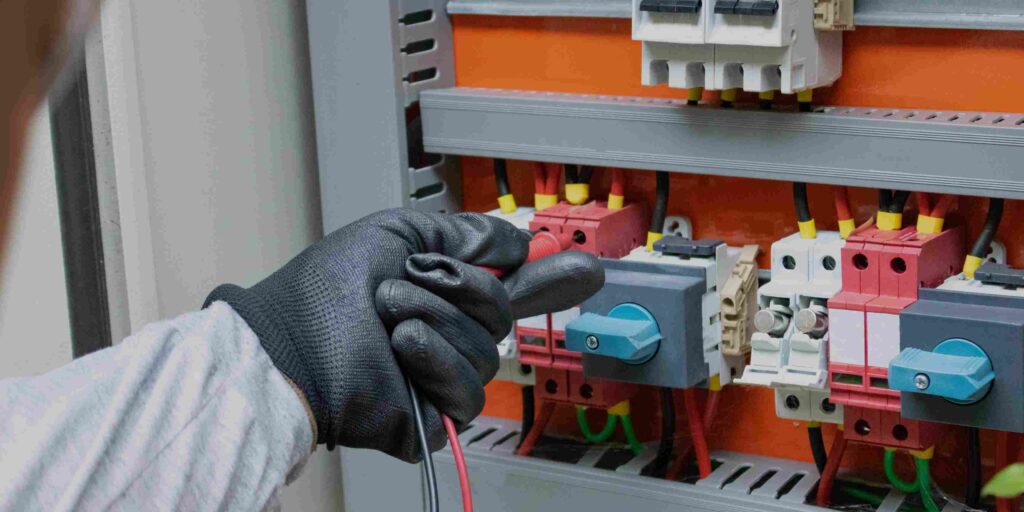
- What Is A Solar Inverter?
Solar panels produce a type of electricity known as direct current (DC). Unfortunately, this is not the type of electricity that we use in our homes and businesses.
In addition to this, the current that is produced by solar panels fluctuates a great deal, depending on time of day and cloud coverage, and these fluctuations could cause damage to our electrical panel.
This is where solar inverters come in. The primary roles of solar inverters include:
- Switching the DC voltage to alternating current (AC) – the type of electricity that runs all of our appliances
- Filtering the current, to ensure it is a stable and reliable voltage
- Feeding excess electricity into the grid
Solar inverters also contain smart meters, and have a display that can tell you things like how much power you use, how much power your solar panels are producing and how much power you’ve fed into the grid.
If you have a solar battery system installed, your inverter won’t necessarily feed excess electricity into the grid – first it will work with a charge controller to recharge solar batteries. String Inverters vs Microinverters in 2023
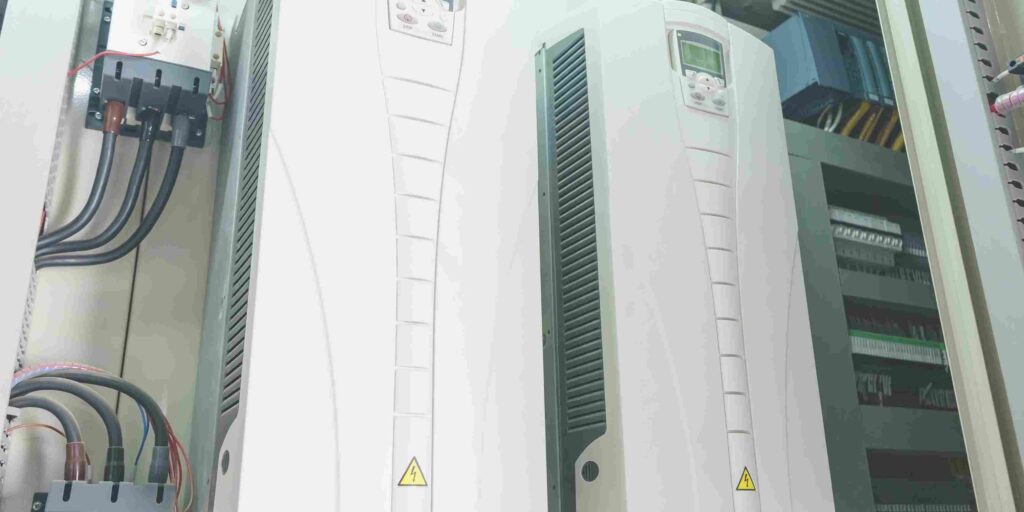
- Types Of Solar Inverters
In our previous article, The Ultimate Guide To Solar Inverters, we separated types of inverters by the specialized function that they perform. The inverters that we looked at were:
- Grid-tie, or on-grid, solar inverters, which are tied to the utility grid and will feed excess electricity into it during peak daylight hours
- Off-grid, or stand-alone, solar inverters, which are designed to work on their own. They’re not connected to the grid, and are used with solar battery systems
- Special battery backup solar inverters are used to supply solar batteries with AC supply via an onboard charger, which can be used during power outages
- Hybrid solar inverters are able to perform the functions of all of the above three types of solar inverter
Today, we’ll look at the two broader categories that any of these types of solar inverter can fit into. They are:
- Microinverters
- String Inverters
Microinverters
Microinverters are very small devices that are connected to individual solar panels. If you have microinverters and you have multiple solar panels, you’ll need an equal number of inverters.
They’re located next to each solar panel and immediately convert the DC charge to AC, before sending it to the electrical panel, where it joins the electricity from all of the other inverters.
Solar panel systems with microinverters are able to treat each solar panel as a unique AC generator. Excess power still, nonetheless, is either used to recharge batteries or fed into the grid.
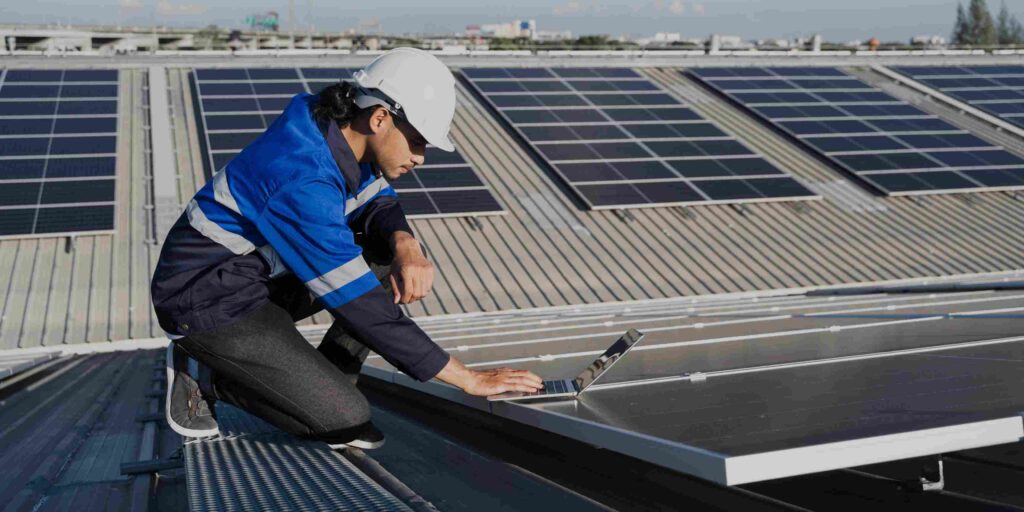
String Inverters
Also known as a central inverter, string inverters are large devices that accept DC inputs from strings of solar panels – a string, in this sense, being a term denoting multiple adjoined units.
A string inverter is able to convert all of the DC energy produced by your solar panels into AC, and can handle large amounts of current at any given time.
In solar panel systems that involve a string inverter, several – or, in some cases, all – solar panels are connected to one centrally located inverter, which inverts the current and either feeds it into the grid or sends it to the electrical panel, to charge batteries. String Inverters vs Microinverters in 2023
String Inverters With Optimizers
An optimizer is an additional component that can be added to a string inverter. The optimizers are attached to your solar panels, and will gather as much DC power as the panel can generate and send it to the string inverter.
All optimizers in the system do the same, and the inverter collects all of the DC power from each one, inverting it to AC all at the same time, before sending it to the charge controllers or to the grid.
Optimizers allow your panels to work independently, similarly to microinverters, so if one panel is covered by shade then maximum power production won’t be limited by the least productive panel.
- Advantages And Disadvantages Of Each Type Of Inverter
Each type of inverter has different pros and cons. We’ll look at some of those now, to help you to determine which type of inverter is best for your solar panel system.
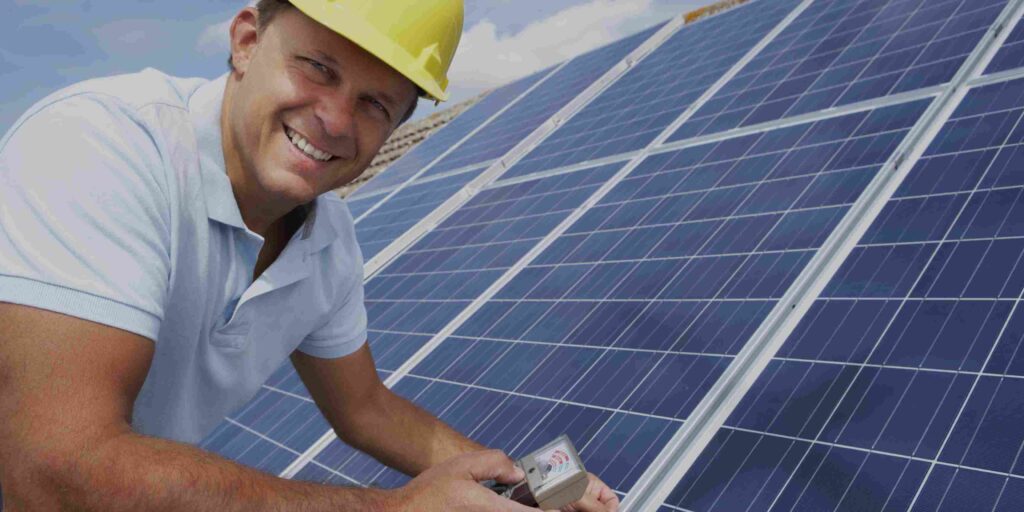
What Are The Advantages Of Microinverters?
- Microinverters work well for homeowners who might enlarge their system at a later date due to an increase in their energy requirements
- They immediately convert the power from DC to AC, at the solar panel
- Microinverters are small, handle much smaller amounts of energy, and they don’t generate much heat – therefore they don’t require cooling technology
- If an individual panel slows production, or fails, the rest of the solar array can continue to provide maximum power
- Microinverters are ideal for systems where not all solar panels face the same direction, or where certain panels will be obstructed by shade at some point in the day
What Are The Disadvantages Of Microinverters?
- There are more components in a system that contains microinverters, so there’s more that can go wrong
- More maintenance is involved, and troubleshooting or repairs are more expensive
- Maintenance and repairs are more difficult to perform, on account of them being less accessible due to being located on your roof
- Microinverter systems work out as being more expensive than string inverters, because each solar panel requires its own inverter – therefore you have to purchase more units
What Are The Advantages Of String Inverters?
- String inverters are the least expensive option when it comes to solar inverters
- They’re simple to install and wire, and have fewer components that can break, when compared to microinverters
- They’re great for solar panel systems where all of the solar panels face the same direction, in an area that experiences little disruption from shade
- Maintenance is easy, and repair work is simpler due to the equipment being more accessible and everything being in one place. String Inverters vs Microinverters in 2023
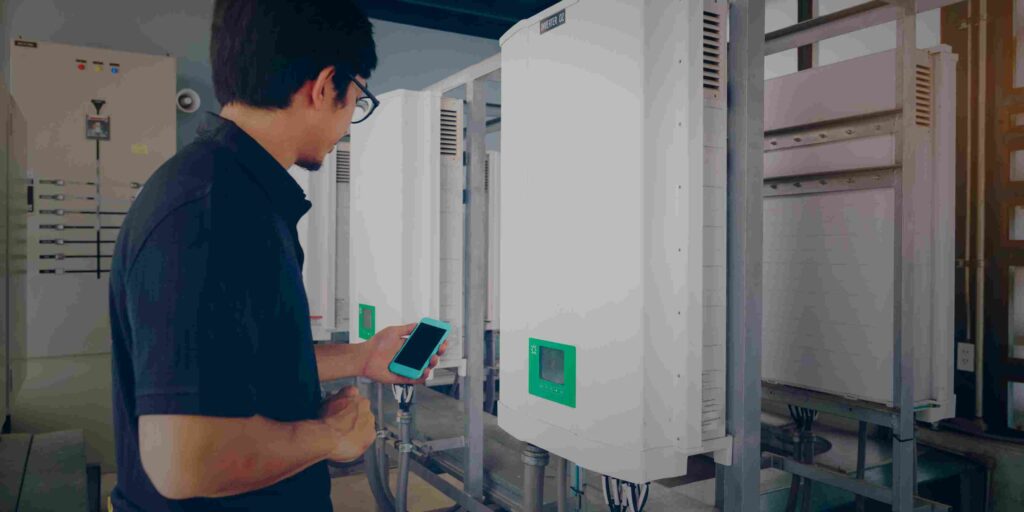
What Are The Disadvantages Of String Inverters?
- Due to the fact that the solar panels send power to string inverters all at the same time, string inverters can’t discern which panel has failed if there are problems
- If one panel fails or slows, the entire system becomes limited to the maximum power output of the weakest panel.
- The whole system is less productive, therefore, if one panel receives less sunlight due to shade, snow cover or debris, such as leaves, on the surface
- String inverters handle a lot of power all at once, and this makes them more prone to overheating and failure
How To Choose The Right Solar Inverter
Designing a solar panel system yourself isn’t easy, if you don’t have prior knowledge and expertise. There’s a lot to take into account, and a lot of things you have to get right if you want a system that is right for your home and your needs.
When it comes to designing a solar system and choosing the right equipment to include, it’s always best to consult the experts. That’s why Green Home Makeover is here to help.
We offer more than 8 years of industry experience, designing solar systems, managing solar projects and ensuring that homeowners all across Illinois can make the move to solar energy without any stress or headaches along the way.
If you’d like to know more about how we can help you get solar panels the easy way, get in touch today for a free, no-obligation consultation and quote. String Inverters vs Microinverters in 2023
References:
- https://www.energy.gov/eere/solar/solar-integration-inverters-and-grid-services-basics
- https://www.pv-magazine.com/2022/10/03/how-long-do-residential-solar-inverters-last-2
- https://nypost.com/dispatch/bluetti-unveils-new-solar-power-battery-storage-system-ep600
- https://finance.yahoo.com/news/decentralized-energy-revolution-microinverters-market-062100253.html